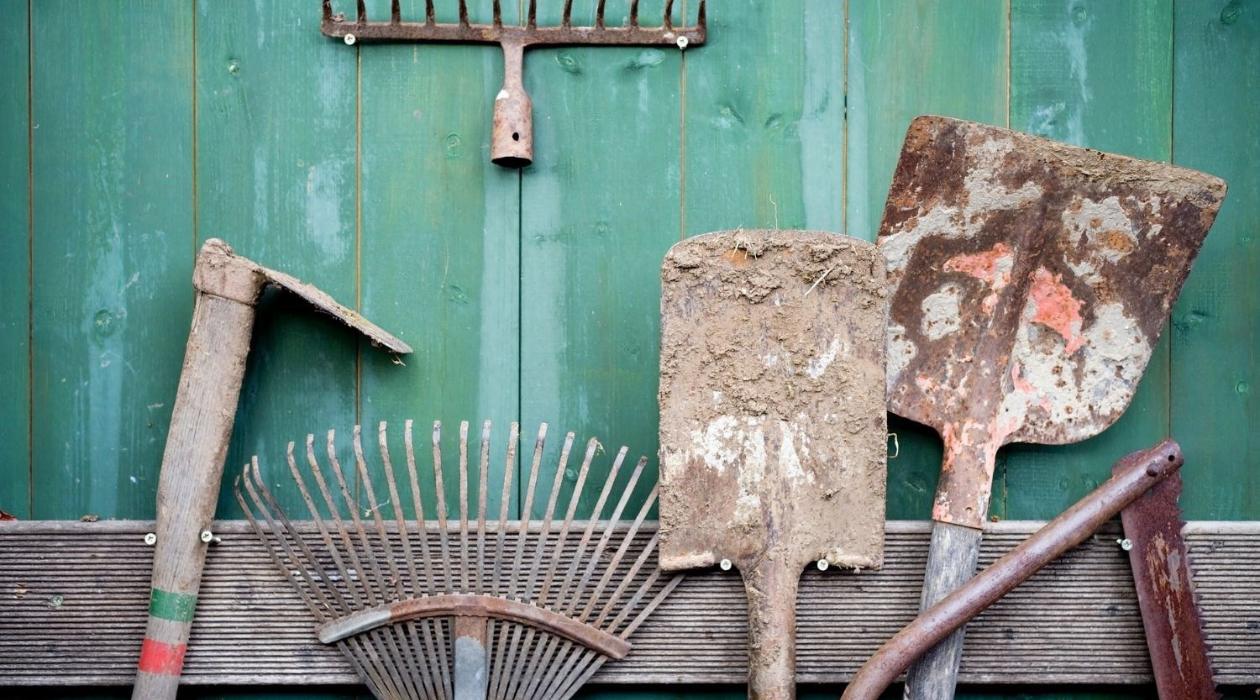

Articles
How Do You Clean Rusty Hand Tools
Modified: October 19, 2024
Learn effective techniques for cleaning rusty hand tools with our informative articles. Keep your tools in top condition and extend their lifespan.
(Many of the links in this article redirect to a specific reviewed product. Your purchase of these products through affiliate links helps to generate commission for Storables.com, at no extra cost. Learn more)
Introduction
Hand tools are an essential part of any handyman or DIY enthusiast’s toolkit. From wrenches and screwdrivers to pliers and hammers, these tools help us tackle a wide range of tasks around the house or in a workshop. However, over time, these tools can become rusty, diminishing their effectiveness and appearance. In this article, we will explore the process of cleaning rusty hand tools, providing you with the knowledge and techniques to restore them to their former glory.
Rust is the result of a chemical reaction known as oxidation, which occurs when iron or steel comes into contact with moisture and oxygen. This can happen if your hand tools are exposed to water or if they are stored in a damp environment. Rust not only affects the appearance of your tools but also weakens their structural integrity.
By regularly cleaning and maintaining your hand tools, you can extend their lifespan and ensure they continue to perform at their best. In the following sections, we will delve into the process of cleaning rusty hand tools, as well as some alternative methods for removing rust. We will also discuss safety precautions to follow while handling rusty tools and provide tips to prevent future rust.
Whether you are a professional tradesperson or a DIY enthusiast, learning how to clean rust off your hand tools is a valuable skill. Not only will it save you money by preserving your tools, but it will also enhance their efficiency and make your work easier. So, let’s roll up our sleeves and get into the nitty-gritty of revitalizing your rusty hand tools!
Key Takeaways:
- Regular cleaning, proper storage, and the application of protective coatings can effectively remove rust from hand tools, prolonging their lifespan and ensuring optimal functionality for future projects.
- Safety precautions, such as wearing protective gear and working in well-ventilated areas, are crucial when cleaning rusty hand tools to minimize the risk of accidents and ensure a smooth and safe restoration process.
Read more: What Do You Use To Clean Snap-On Hand Tools
Why do hand tools get rusty?
Understanding why hand tools get rusty is essential in preventing and effectively dealing with the issue. Rust is the result of a chemical reaction called oxidation, which occurs when iron or steel comes into contact with moisture and oxygen. Hand tools are especially prone to rust due to their frequent exposure to water, humidity, and other corrosive elements.
One of the main causes of rust on hand tools is improper storage. If you keep your tools in a damp environment, such as a basement or garage without proper ventilation, moisture in the air can settle on the metal surfaces of the tools, leading to rust formation over time.
Another common cause of rust is neglecting to clean and dry your tools after use, especially when they come in contact with water or other liquids. Moisture left on the tool’s surface can quickly lead to the formation of rust. Additionally, using hand tools in outdoor or wet conditions without proper maintenance can exacerbate the risk of rusting.
Furthermore, exposure to harsh chemicals or corrosive substances, such as acids or salts, can also contribute to rust development on hand tools. These substances can damage the protective coatings on the tool’s surface, leaving it vulnerable to oxidation.
It is worth noting that certain metals, such as stainless steel or alloys with high chromium content, are more resistant to rust than traditional carbon steel or iron. However, even these rust-resistant materials can be susceptible to rust under extreme conditions or if not properly cared for.
Regular cleaning and maintenance of your hand tools can significantly reduce the risk of rust formation. By following proper storage practices, drying tools thoroughly, and periodically inspecting their condition, you can ensure that your tools remain in optimal working condition and retain their longevity.
In the following sections, we will explore the process of cleaning rusty hand tools in detail, as well as provide alternative methods for removing rust. By gaining a thorough understanding of the causes of rust and implementing preventative measures, you can protect your hand tools and keep them rust-free for years to come.
Tools that can be cleaned
When it comes to cleaning rusty hand tools, the good news is that most common tools can be effectively cleaned and restored. Whether you have a collection of wrenches, screwdrivers, pliers, or hammers, you can follow the same basic principles to remove rust and bring them back to life.
Handheld tools with metal components are the primary candidates for cleaning. This includes tools such as:
- Wrenches
- Screwdrivers
- Pliers
- Hammers
- Chisels
- Saws
- Scissors
- Wire cutters
- Files
- And more
These tools are often subjected to rugged use and various environmental conditions, making them more susceptible to rust formation. However, with the proper cleaning techniques and a little elbow grease, you can restore them to their former functionality.
It is important to note that while most hand tools can be cleaned, there may be exceptions. For instance, tools with non-metal components, such as handles made of wood or plastic, may require a different cleaning approach. These non-metal elements can be delicate and may not respond well to harsh cleaning methods.
Before cleaning any tools, it is essential to assess their overall condition. If a tool is heavily rusted, severely damaged, or beyond repair, it may be more practical to replace it. However, for tools with minor to moderate rust, cleaning and restoring them can be a cost-effective solution.
In the following sections, we will discuss the step-by-step process of cleaning rusty hand tools, as well as alternative methods for removing rust. By identifying the tools that can be cleaned and understanding the specific cleaning techniques for different tool types, you will be well-equipped to tackle the task of restoring your hand tools to their original condition.
Safety Precautions
When it comes to cleaning rusty hand tools, safety should always be a top priority. While the process of removing rust may seem straightforward, it is crucial to take certain precautions to protect yourself from potential hazards. Here are some important safety guidelines to keep in mind:
- Wear protective gear: Before starting the cleaning process, put on protective gear to shield yourself from any potential injuries or exposure to chemicals. This includes wearing safety goggles to protect your eyes from rust particles or cleaning agents, as well as gloves to prevent cuts and chemical contact.
- Work in a well-ventilated area: When cleaning rusty hand tools, make sure you are working in a well-ventilated area. Proper ventilation helps prevent the build-up of fumes from cleaning agents or chemicals, reducing the risk of inhalation.
- Use the appropriate cleaning agents: Select the right cleaning agent for the type of rust you are dealing with. Common options include using a rust dissolver, such as phosphoric acid or vinegar, or using abrasive methods like sandpaper or a wire brush. Follow the manufacturer’s instructions and warnings when using any chemicals or solvents.
- Avoid inhaling dust and particles: When using abrasive methods to remove rust, be cautious of the particles that may become airborne. Avoid inhaling dust or metal shavings by wearing a mask or respirator to protect your respiratory system.
- Work with clean tools: Before starting to clean rusty hand tools, ensure they are free from any oil or grease that may interfere with the cleaning process. Clean off any excess lubricants to allow the rust remover or cleaning agent to work effectively.
- Protect your work surface: Place a protective covering, such as a drop cloth or old newspapers, on your work surface to catch any rust particles or drips from cleaning agents. This will make cleanup easier and prevent any damage to the surrounding area.
- Be cautious of sharp edges: Some tools may have sharp edges or points, especially after the rust removal process. Exercise caution when handling these tools to avoid accidental cuts or injuries. Consider using protective covers for sharp edges or using gloves for added protection.
- Dispose of cleaning agents responsibly: After cleaning your hand tools, dispose of any used cleaning agents or chemicals according to local regulations and guidelines. Do not pour them down drains or dispose of them in an improper manner.
By following these safety precautions, you can minimize the risk of accidents or injuries during the process of cleaning rusty hand tools. Remember, it is always better to err on the side of caution and prioritize your safety while restoring your tools to their former glory.
Materials Needed
Before diving into the process of cleaning rusty hand tools, it is essential to gather the necessary materials. Having the right tools and supplies on hand will make the cleaning process more efficient and effective. Here is a list of materials you will need:
- Rust remover or cleaning agent: Choose a suitable rust remover or cleaning agent to dissolve and remove rust from the surface of your hand tools. Options include phosphoric acid-based rust removers, vinegar, or commercial rust dissolvers. Research and choose the best option for the type of rust you are dealing with.
- Bucket or container: Use a bucket or container to soak your hand tools in the rust remover or cleaning solution. Make sure it is large enough to accommodate the size of the tools you will be cleaning.
- Brushes: Prepare a variety of brushes with different stiffness levels to scrub away the rust from your hand tools. Wire brushes, nylon brushes, and toothbrushes can be useful for reaching into tight spaces and removing rust from hard-to-reach areas.
- Sandpaper: You will need sandpaper or abrasive pads of various grits to remove rust from the surface of your hand tools. Coarse grits, such as 80 or 120, can be used initially to remove the bulk of the rust, followed by finer grits like 220 or 320 for smoothing and polishing.
- Protective gear: Ensure you have the necessary protective gear to safeguard yourself during the cleaning process. This may include safety goggles to protect your eyes from rust particles, gloves to protect your hands, and a mask or respirator to prevent the inhalation of dust.
- Clean, dry cloth: Have a clean cloth or rag on hand to wipe away any excess rust remover, cleaning solution, or moisture from the tools. This will help prevent further corrosion or damage.
- Lubricant: After cleaning and removing rust from your hand tools, it is important to apply a lubricant to prevent future rust and maintain their functionality. Choose a lubricant suitable for the type of tools you are cleaning, such as a silicone-based spray or light machine oil.
- Optional: Power tools: In some cases, power tools such as a wire brush attachment for a drill or an angle grinder with a wire wheel can be used to speed up the rust removal process. These power tools can help remove rust more quickly but should be used with caution and in accordance with the manufacturer’s instructions.
By gathering these essential materials before starting the cleaning process, you will be well-equipped to effectively remove rust and restore your hand tools. Remember to read and follow the instructions provided with each material and use them safely and responsibly.
To clean rusty hand tools, soak them in white vinegar for a few hours, then scrub with a wire brush or steel wool. Rinse and dry thoroughly to prevent further rusting.
Read more: How Do You Split A Log With Hand Tools
Step-by-step Guide to Cleaning Rusty Hand Tools
Now that you have gathered the necessary materials, it’s time to dive into the step-by-step process of cleaning rusty hand tools. By following these steps, you can effectively remove rust and restore your tools to their former glory:
- Prepare your work area: Start by setting up a clean and organized work area. Lay down a protective covering, such as a drop cloth or old newspapers, to catch any rust particles or cleaning agents. Ensure you have good lighting and ventilation in the area.
- Inspect the tools: Before proceeding, carefully inspect each tool for the extent of rust and any damage. If a tool is severely rusted or structurally compromised, it may be more practical to replace it rather than attempting to clean it.
- Remove loose rust: Begin by gently brushing or scraping off any loose rust particles using a wire brush or scraper. Be careful not to apply excessive force or damage the tool’s surface. This step helps to remove the initial layers of surface rust and prepare the tool for deeper cleaning.
- Soak the tools: In a bucket or container, prepare a mixture of rust remover or cleaning agent as per the manufacturer’s instructions. Submerge the hand tools into the solution, ensuring they are fully immersed. Allow them to soak for the recommended duration, typically anywhere from 30 minutes to a few hours, depending on the severity of the rust.
- Scrub with a brush: After the soaking period, use a brush with suitable bristles, such as a wire brush or nylon brush, to scrub away the remaining rust. Work in small sections, applying firm but controlled pressure, until the rust is removed. Pay close attention to crevices and hard-to-reach areas.
- Remove stubborn rust: For areas with stubborn rust that is difficult to remove with a brush alone, you can utilize sandpaper or abrasive pads. Start with a coarse grit sandpaper, such as 80 or 120, and gradually move to finer grits for a smoother finish. Be gentle but persistent, ensuring that you do not remove more material than necessary.
- Rinse and dry: Once the rust is removed, rinse the hand tools thoroughly with clean water to remove any remaining rust particles or cleaning agent. Wipe them dry with a clean cloth to prevent further corrosion or moisture damage. Ensure tools are completely dry before moving on to the next step.
- Apply a protective coating: To prevent future rust, apply a thin layer of lubricant or protective coating to the cleaned and dried hand tools. This could be a silicone-based spray or a light machine oil suitable for the type of tools you are cleaning. Apply the coating evenly, wiping off any excess. This step helps to create a protective barrier against moisture and oxidation.
Remember to handle the tools with care throughout the cleaning process, and if you encounter any challenges or stubborn rust, don’t hesitate to repeat steps or seek alternative methods for rust removal.
By following this step-by-step guide, you can effectively remove rust from your hand tools and restore them to their original condition. Not only will your tools look better, but they will also work more efficiently, ensuring that they serve you well for years to come.
Alternative Methods for Cleaning Rust
While the step-by-step guide outlined earlier is an effective approach for cleaning rusty hand tools, there are alternative methods you can explore depending on your preferences and the severity of the rust. These alternative methods may offer different techniques or utilize different materials to remove rust. Here are a few worth considering:
- Vinegar soak: Vinegar is a natural acid that can help dissolve rust. Submerge the rusty tools in a container filled with white vinegar and let them soak for several hours or overnight. After soaking, scrub the tools with a brush to remove the loosened rust. Rinse, dry, and apply a protective coating.
- Electrolysis: Electrolysis is a method that uses an electric current to remove rust. It involves creating a simple electrolytic setup using a container filled with an electrolyte solution, such as a mixture of water and baking soda or washing soda. Submerge the rusty tools and connect the positive terminal of a power supply to the rusty tool and the negative terminal to a sacrificial piece of metal, such as a steel plate. When the current is applied, the rust will migrate from the tools to the sacrificial metal. This method is effective for heavily rusted tools but requires more setup and precautions.
- Sandblasting or abrasive blasting: Sandblasting or abrasive blasting involves using compressed air to shoot abrasive particles, such as sand or glass beads, at the rusty surface. This method quickly removes rust and leaves a clean, bare metal surface. However, it requires specialized equipment and protective gear to prevent inhalation of abrasive particles. It is advisable to seek professional assistance or have experience in using this method.
- Chemical rust converters: Rust converters are products that convert rust into a more stable compound, such as iron phosphate or iron tannate. They create a protective barrier over the rusted surface, preventing further oxidation. Apply the rust converter following the manufacturer’s instructions, and after the conversion process, wipe off any excess and apply a protective coating to the tools.
- Mechanical rust removal: If the rust on your hand tools is minimal, you may be able to remove it using manual methods such as scraping, sanding, or wire brushing. These methods require elbow grease and the use of appropriate tools, such as a scraper, sandpaper, or wire brush. After removing the rust, follow up with cleaning, drying, and applying a protective coating to prevent further rusting.
It is important to note that different methods may have varying levels of effectiveness depending on the severity of the rust and the type of hand tools you are cleaning. Always consider the condition of the tools, the materials required, and your own comfort level before deciding which alternative method to use.
Additionally, it is crucial to follow the safety precautions outlined earlier and read and follow the manufacturer’s instructions for any alternative rust cleaning methods or products. Some methods may require additional safety gear or ventilation due to the nature of the processes involved.
By exploring these alternative methods, you can choose the approach that best suits your needs and successfully remove rust from your hand tools. Remember to assess the tools’ condition and take into account your own experience and comfort level when deciding on the most appropriate method.
Preventing Future Rust
After spending time and effort in cleaning rust off your hand tools, you’ll want to ensure they stay rust-free for as long as possible. By implementing preventive measures, you can minimize the risk of future rust formation and keep your tools in excellent condition. Here are some tips to help you prevent rust on your hand tools:
- Proper storage: Store your hand tools in a clean, dry environment with good ventilation. Avoid areas prone to high humidity or moisture, such as basements or garages that may have leaks. Consider using a tool chest or toolbox with a moisture-absorbing agent, like silica gel packets or a dehumidifier.
- Keep tools dry: After using your hand tools, thoroughly clean and dry them before storing. Moisture left on the tool’s surface can quickly lead to rust formation. Wipe them dry with a clean cloth or towel and ensure they are completely dry before storing them away.
- Apply a protective coating: To further protect your hand tools from rust, apply a thin layer of protective coating such as a rust inhibiting spray or a light oil. This creates a barrier that prevents moisture and oxygen from reaching the metal surface. Make sure to wipe away any excess to prevent a greasy residue.
- Remove residue and debris: Regularly clean your hand tools to remove any dirt, grease, or debris that might accumulate. These substances can trap moisture and accelerate rust formation. Use a dry cloth or a brush to clean off any residue after use or periodically during maintenance.
- Inspect and address damages: Regularly inspect your hand tools for signs of damage or wear that could lead to rust, such as chipped or worn protective coatings. Address these issues promptly by repairing or replacing the damaged parts to prevent moisture from reaching the exposed metal.
- Avoid exposure to corrosive substances: Avoid exposing your hand tools to harsh chemicals, acids, or corrosive substances that can accelerate rust formation. If you need to work with such materials, take precautions such as wiping the tools clean immediately after use and applying a rust inhibitor or protective coating.
- Use a rust inhibitor: Consider using a rust inhibitor product, such as vapor corrosion inhibitors (VCIs) or rust-preventive sprays, for additional protection. These products release a vapor or create a protective barrier that inhibits rust formation on the metal surfaces of your hand tools.
- Maintain a regular cleaning and maintenance routine: Schedule routine cleaning and maintenance for your hand tools. Regularly clean off any rust spots that may appear and reapply protective coatings as needed. This proactive approach will help you catch and address any rust issues early on.
By implementing these preventive measures, you can significantly minimize the risk of future rust formation on your hand tools. Remember, prevention is key to maintaining the longevity and performance of your tools, so it’s worth dedicating some time and effort to keeping them rust-free.
Developing good habits, such as proper storage, regular cleaning, and the application of protective coatings, will go a long way in protecting your hand tools from rust and ensuring they remain in optimal condition for your future projects.
Conclusion
Cleaning rusty hand tools not only restores their appearance but also ensures their functionality and prolongs their lifespan. Rust is a common issue that arises from exposure to moisture, oxygen, and other corrosive elements. By following the step-by-step guide and employing alternative methods when necessary, you can effectively remove rust and revive your tools.
Throughout the cleaning process, safety precautions should be followed to protect yourself from potential hazards. Wearing protective gear, working in a well-ventilated area, and using the appropriate cleaning agents are essential for a smooth and safe experience.
To clean rusty hand tools, the materials needed include rust remover or cleaning agents, brushes, sandpaper, protective gear, and a lubricant for aftercare. Gathering these materials in advance will ensure you are well-prepared to tackle the task at hand.
Following a step-by-step guide, starting with inspecting the tools and removing loose rust, then soaking and scrubbing, and finishing with rinsing, drying, and applying a protective coating, will help you achieve successful rust removal. However, alternative methods such as vinegar soak, electrolysis, sandblasting, chemical rust converters, or mechanical rust removal can also be considered depending on your preferences and the severity of the rust.
Preventing future rust on your hand tools is possible by adopting good habits. Proper storage in a dry, well-ventilated area, keeping tools dry, applying protective coatings, removing residue and debris, inspecting and addressing damages, avoiding exposure to corrosive substances, using rust inhibitors, and maintaining a regular cleaning and maintenance routine all contribute to keeping your tools rust-free.
In conclusion, caring for your hand tools and preventing rust is worth the effort. By investing time and attention into cleaning, maintaining, and protecting your tools, you can ensure they remain in optimal condition, ready to tackle any project that comes your way. Remember, a little preventive care goes a long way in preserving the lifespan and performance of your rusty hand tools!
Frequently Asked Questions about How Do You Clean Rusty Hand Tools
Was this page helpful?
At Storables.com, we guarantee accurate and reliable information. Our content, validated by Expert Board Contributors, is crafted following stringent Editorial Policies. We're committed to providing you with well-researched, expert-backed insights for all your informational needs.
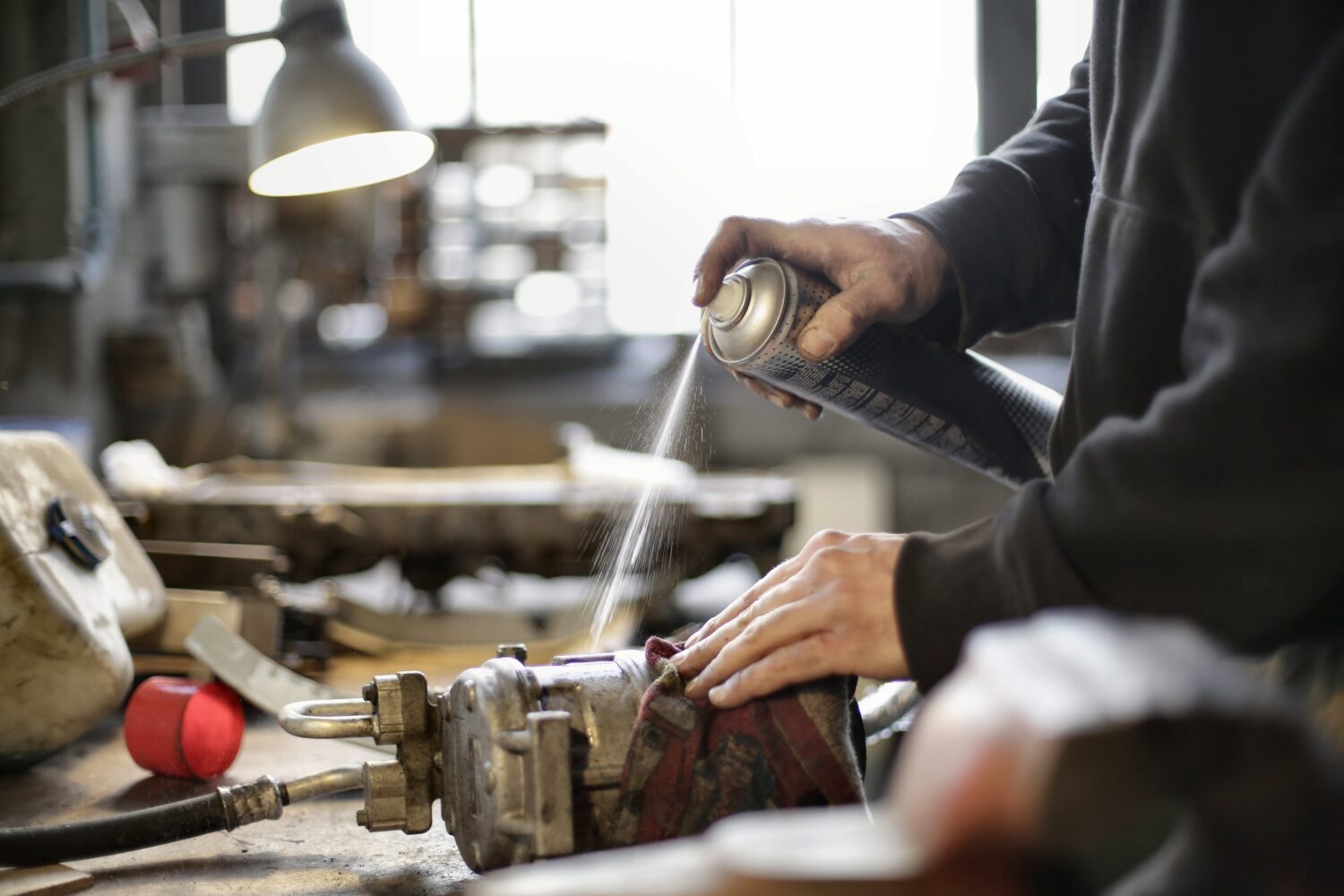
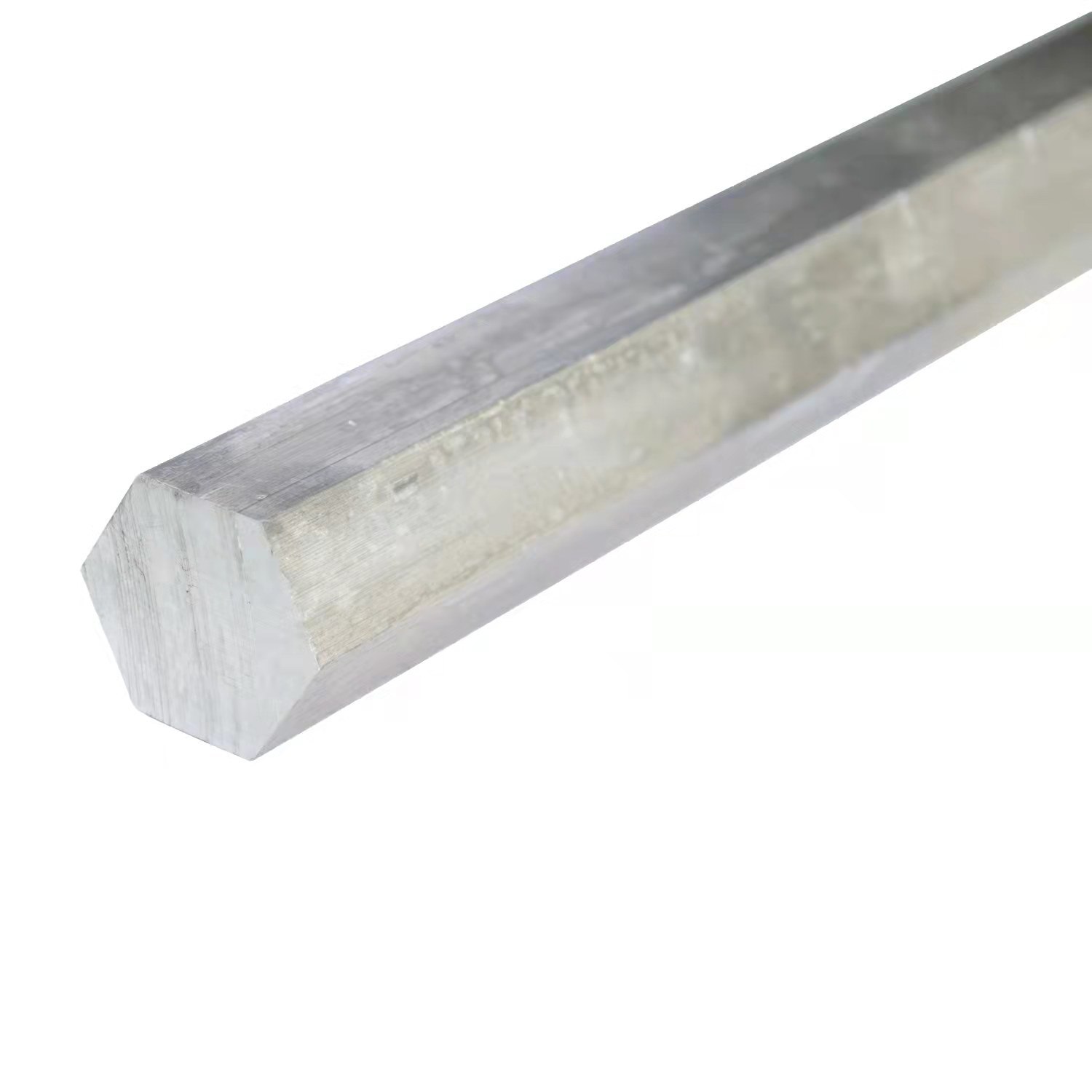
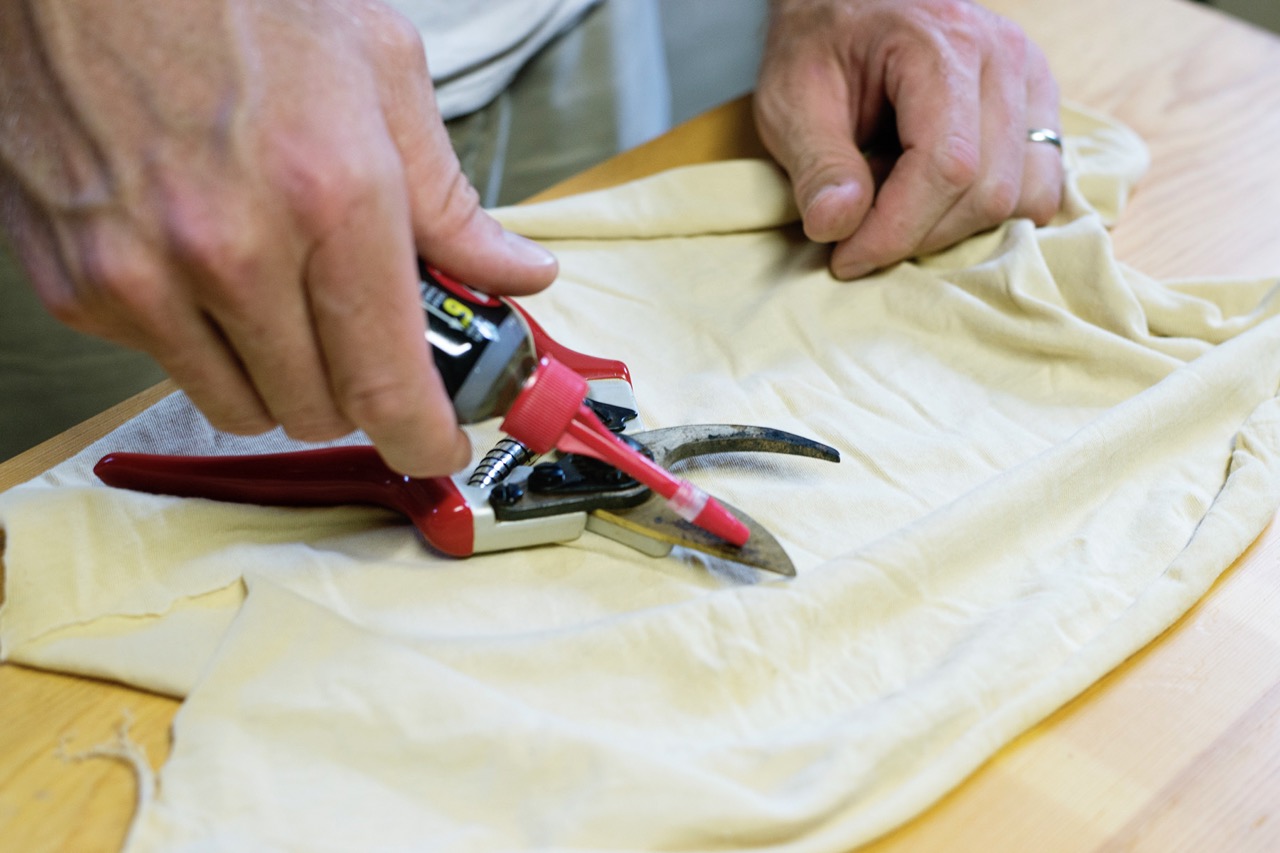
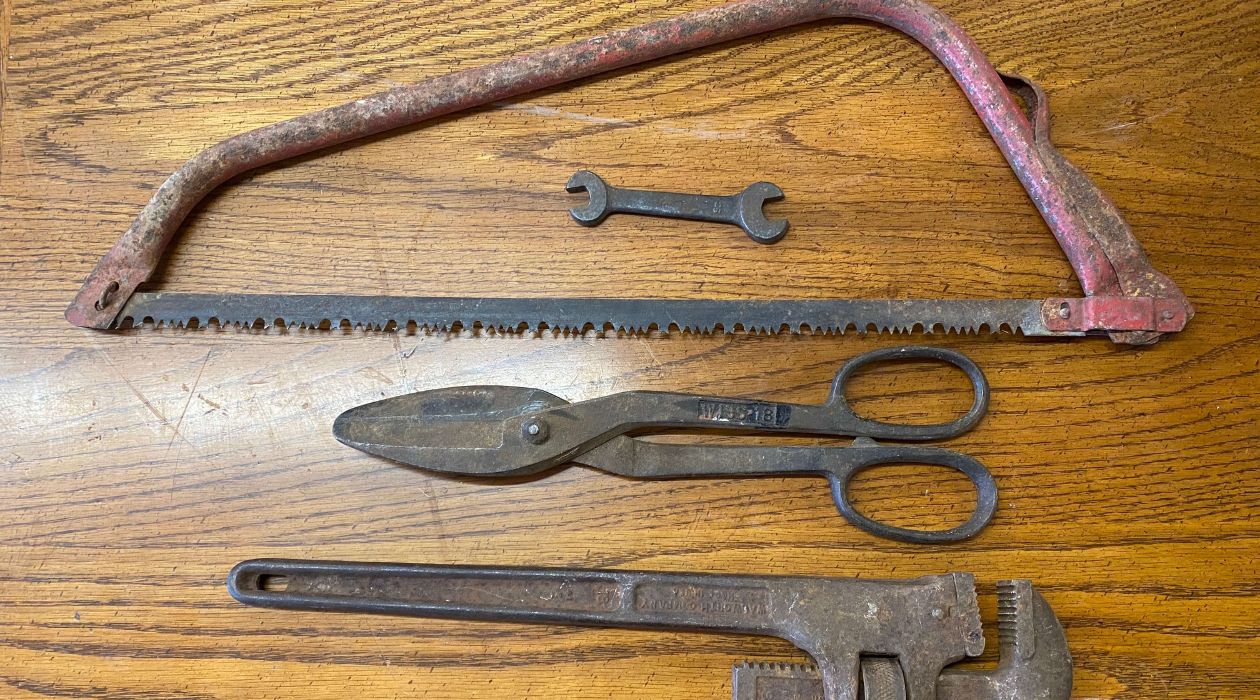
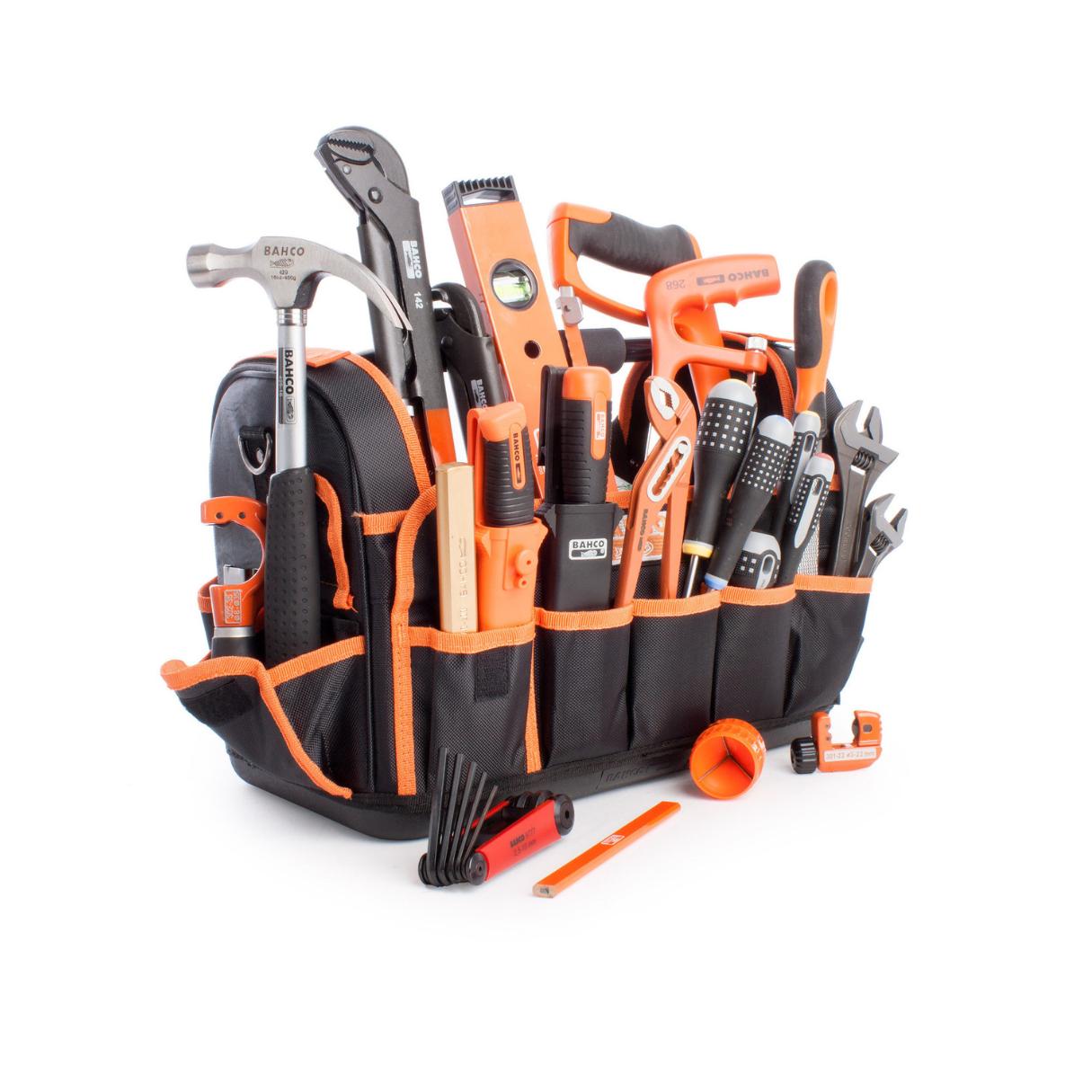
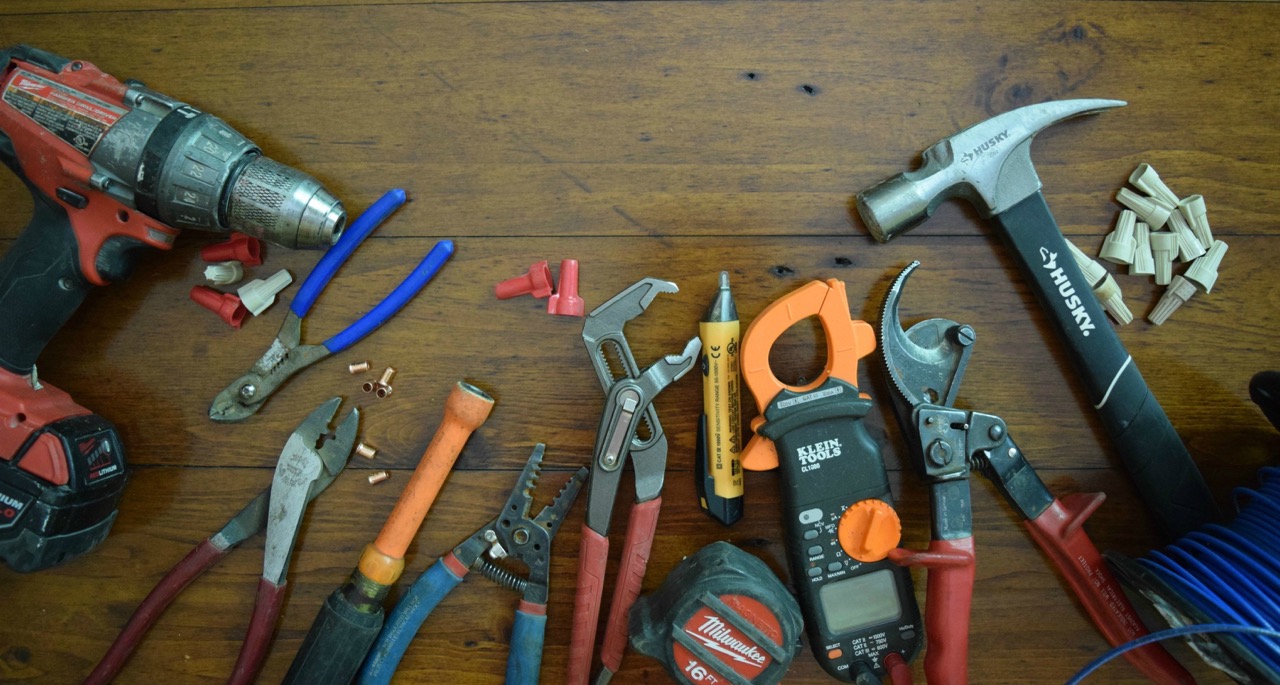
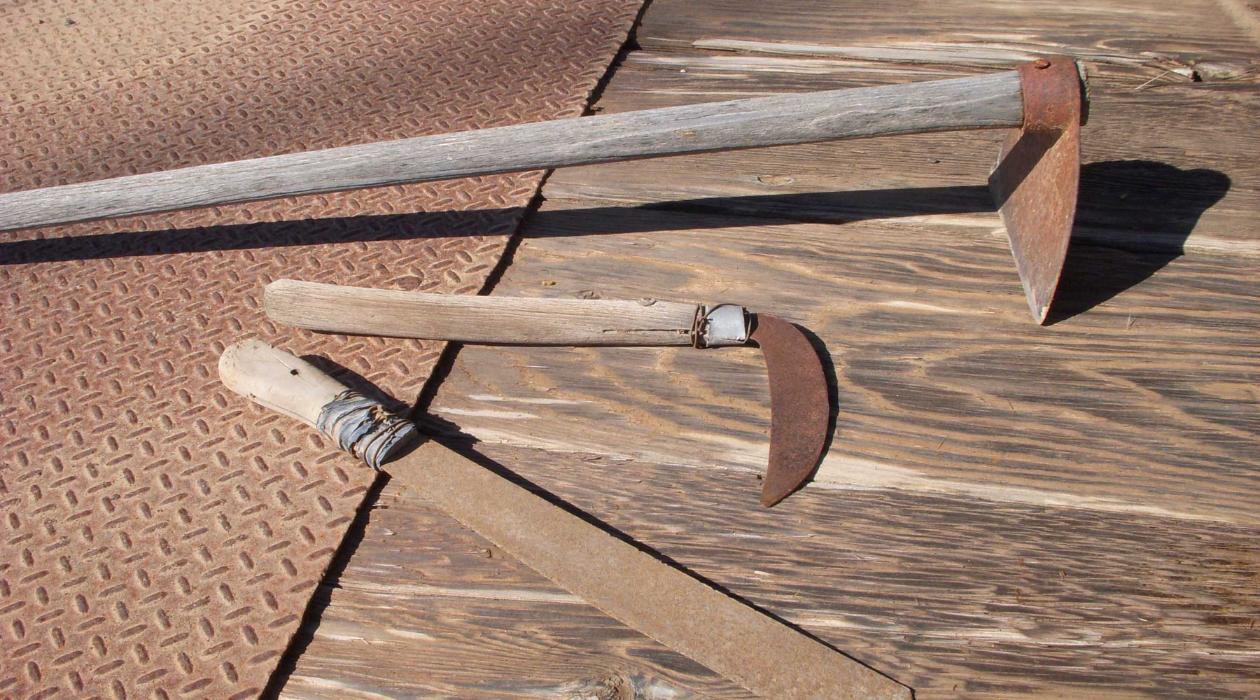
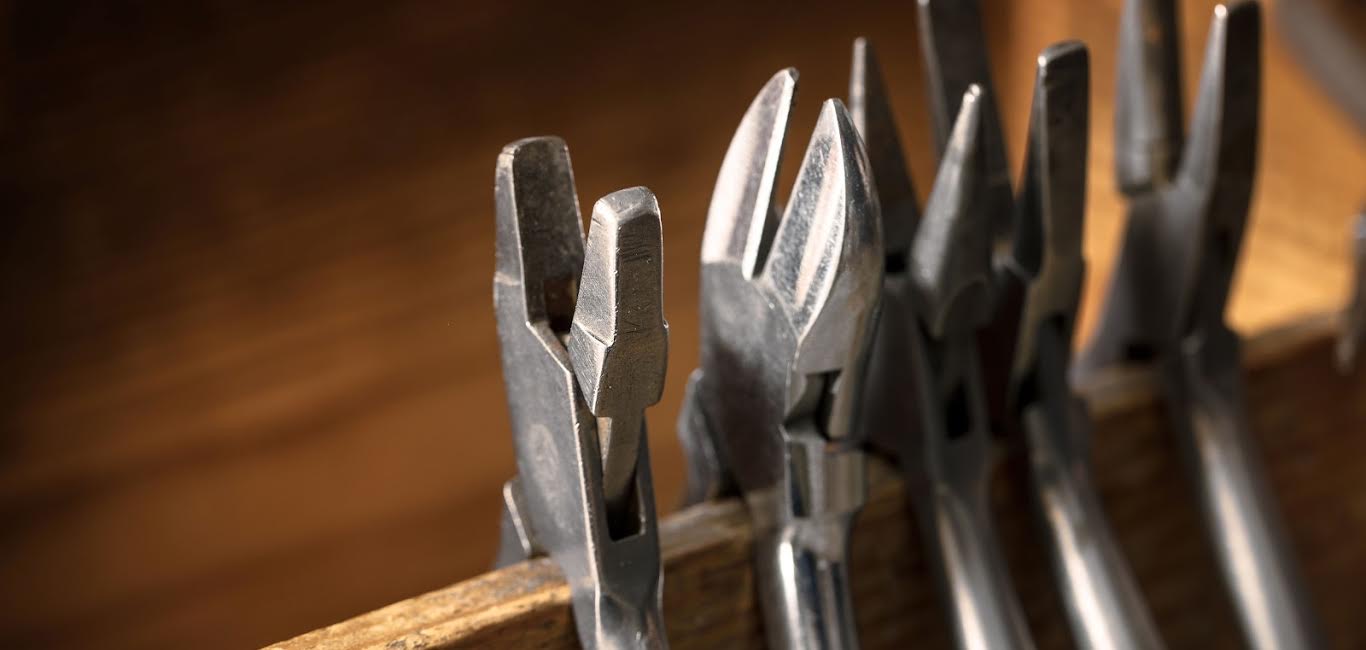
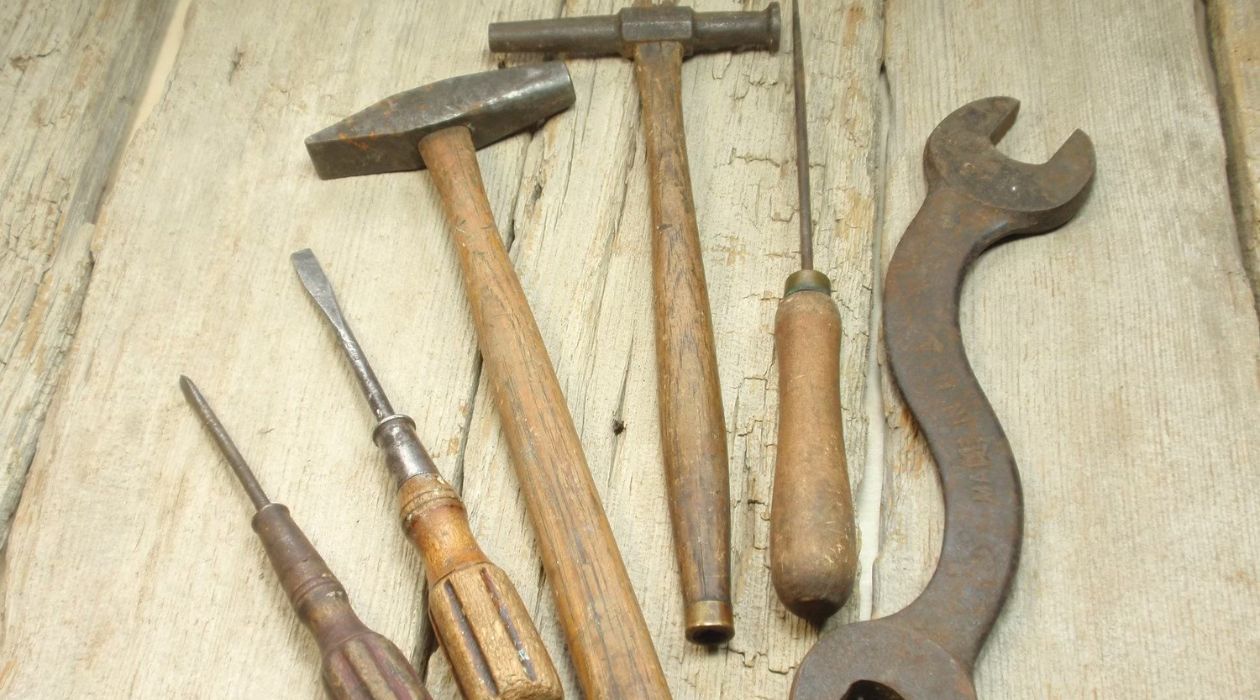
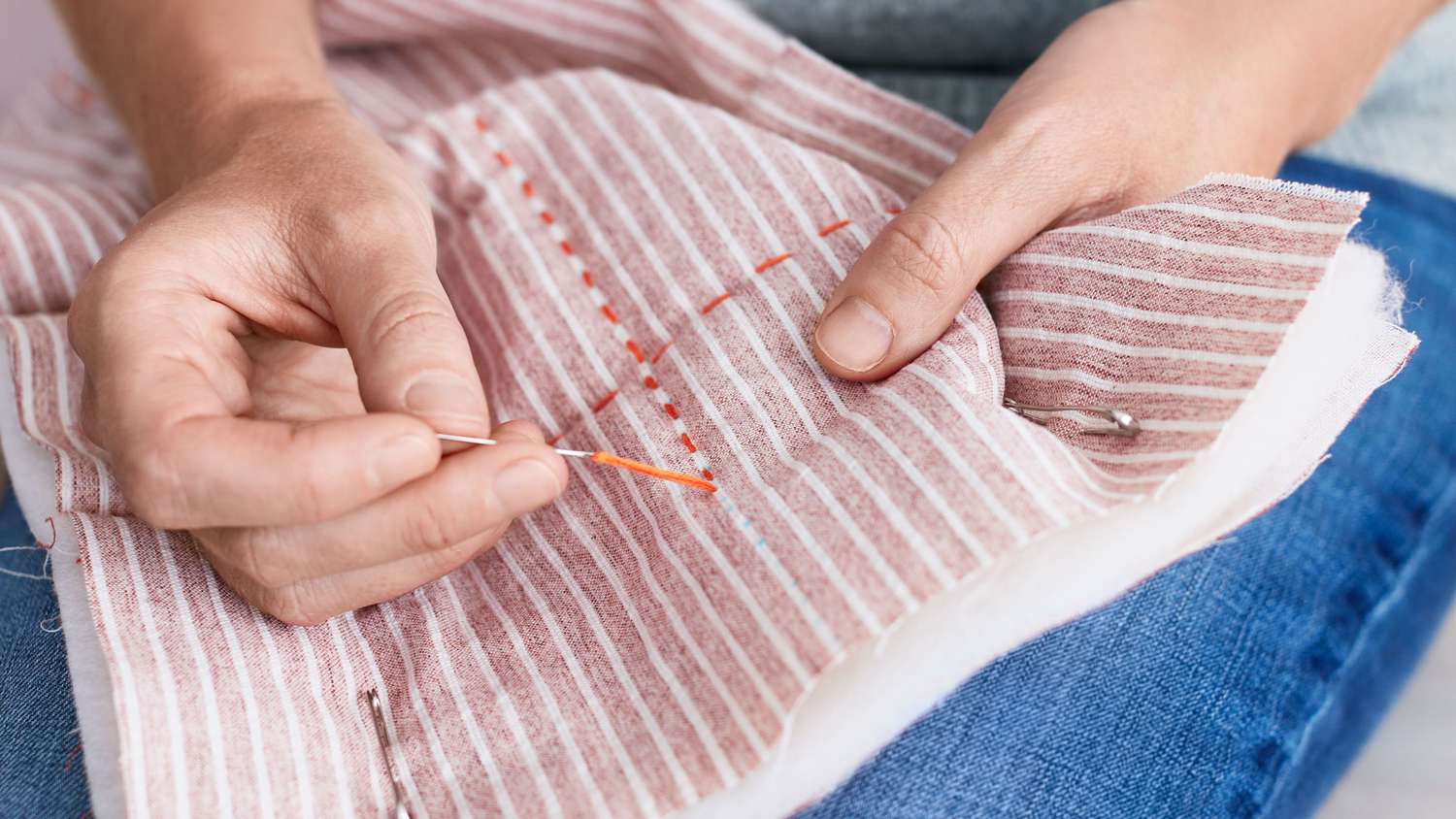
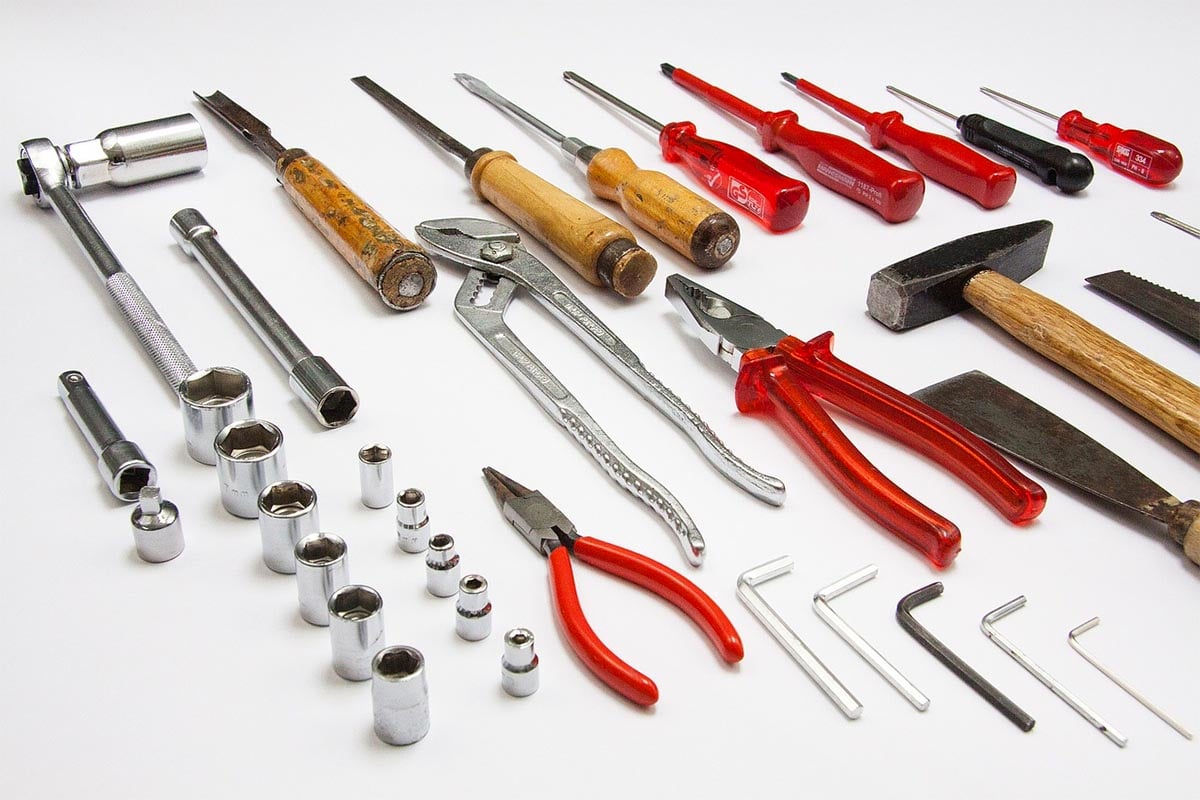
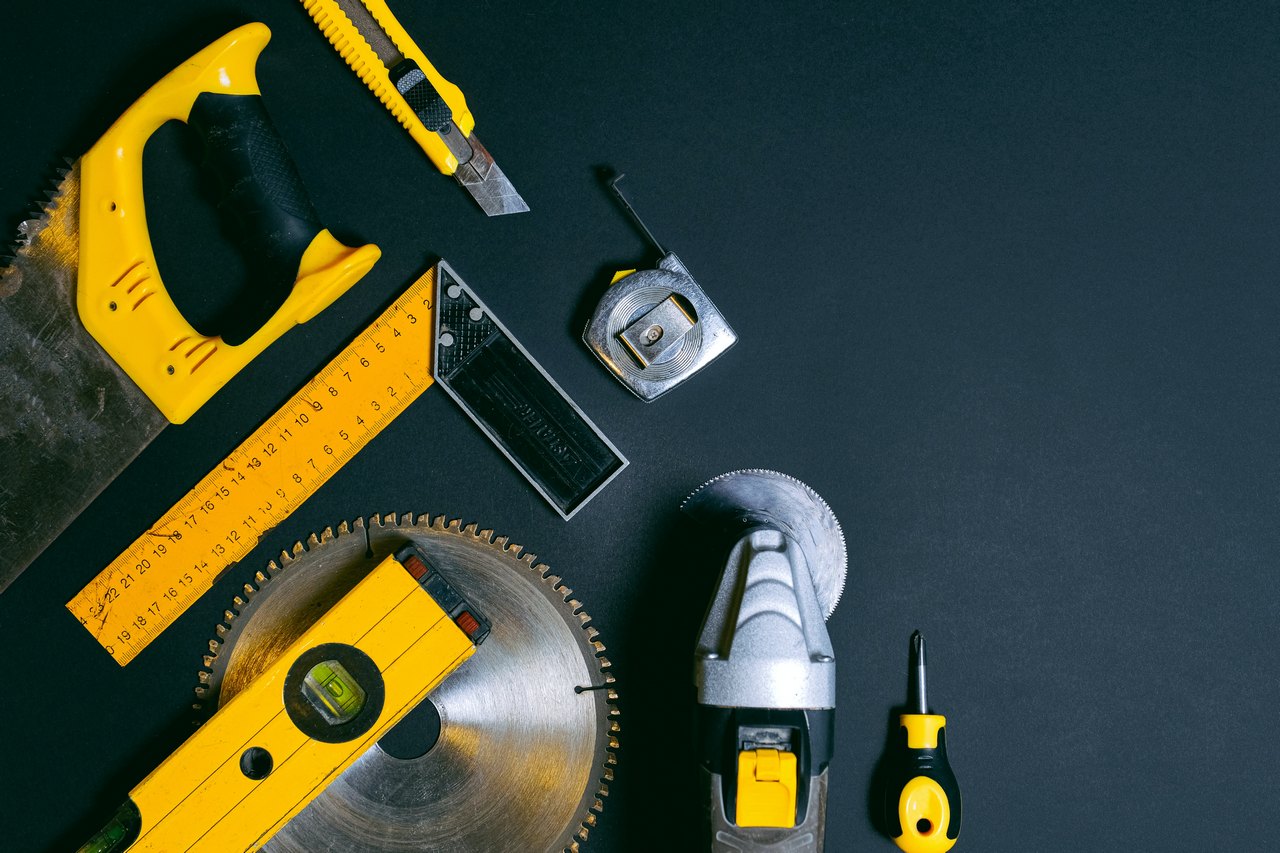
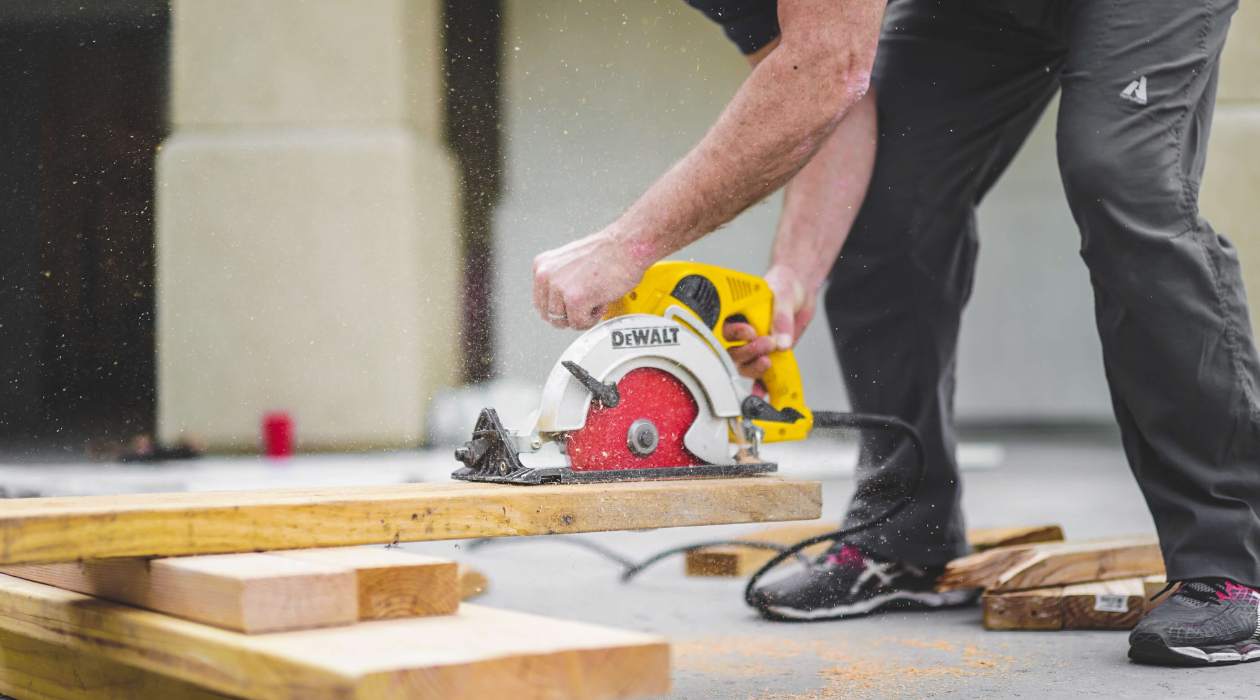
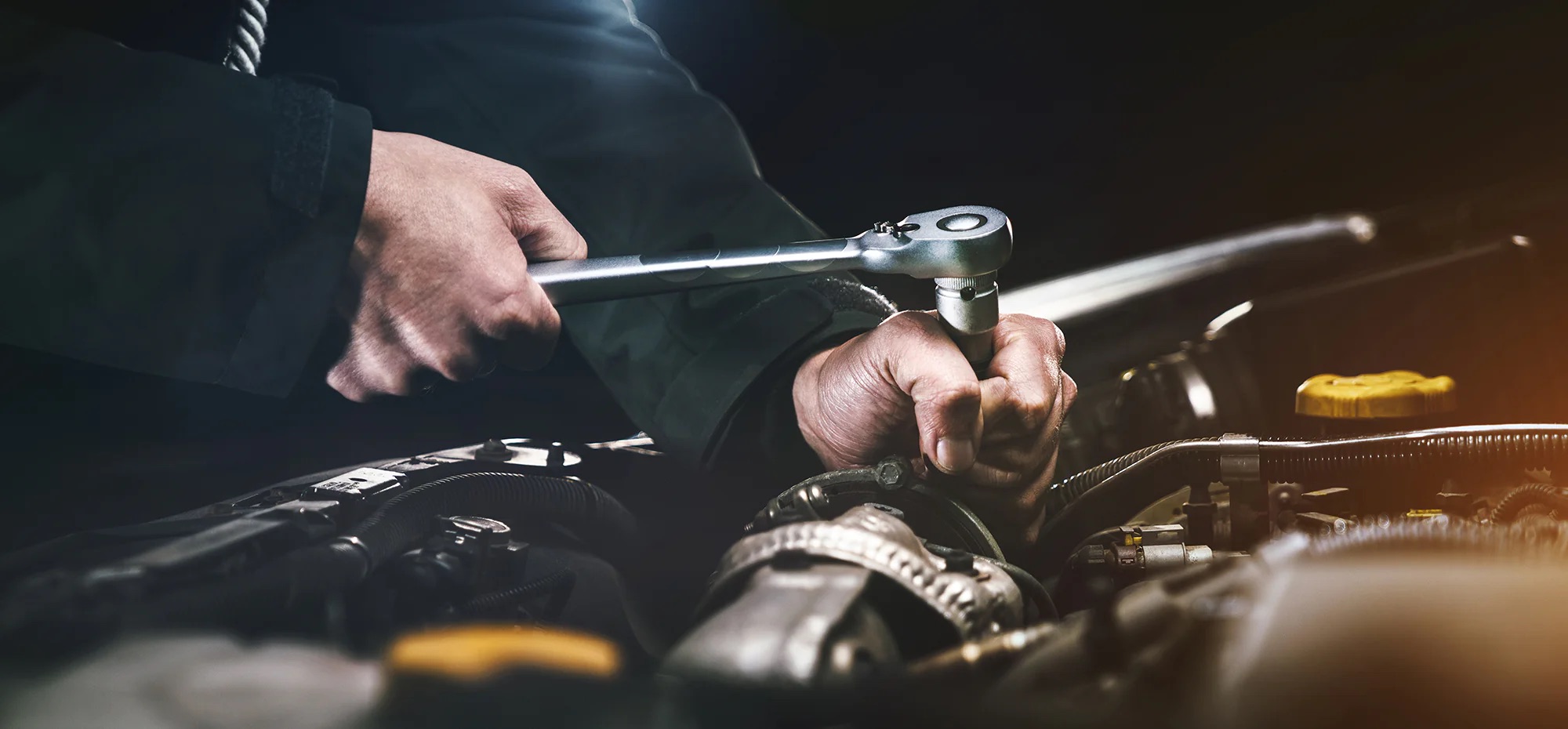

0 thoughts on “How Do You Clean Rusty Hand Tools”